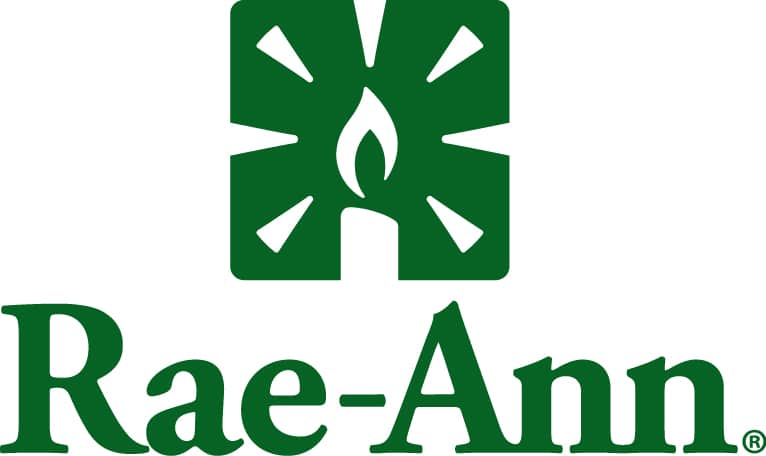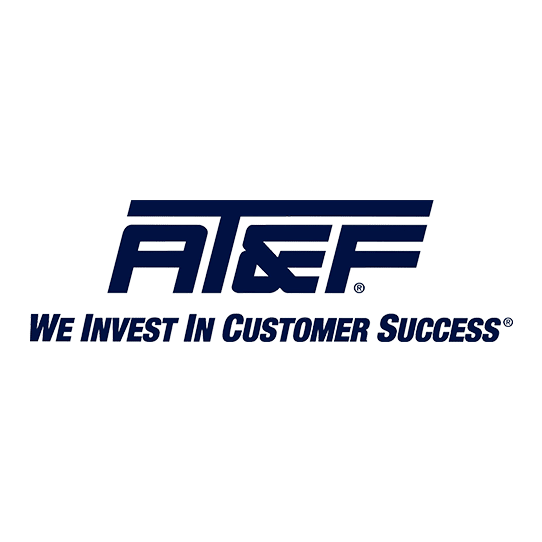Not-for-profits face a lot of demands. They often have limited resources when it comes to both financial and human resources. The accounting team usually not only supports general operations but it also has to fulfill the demands associated with regular reporting and periodic audits. A not-for-profit reports to a variety of stakeholders, including donors, auditors and grant agencies. It must also answer to its Board of Directors and management.
If things get behind or unorganized, it can mean disaster for the entire organization. Not only can a Board not make informed decisions based on accurate or timely information but donors and lenders may also lose faith in the not-for-profit’s ability to be a good steward of funds.
Not-for-profits seem to face the same areas of concern, regarding accounting practices, time and again. Having accurate training and good habits can make a world of difference for finance teams in not-for-profits and the organization as a whole.
This quick guide provides a few “hot button” issues for not-for-profits, including suggestions on how not-for-profits can implement these best practices.
-
Keep up with timely reviews and reconciliations.
It is easy to get behind, especially in the context of operating a busy not-for-profit. However, having an internal system of checks that reconciles the books monthly can be very useful. It not only allows for better, more accurate tracking but it also avoids a lot of scrambling when the not-for-profit begins the audit process.
A good rule of thumb is that you should go through the bank reconciliation process every month. The person that reviews the bank statements should not be the same person who goes through the receipts and disbursement process. This extra level of oversight increases accountability and decreases the potential for fraud and errors.
The accounts receivable in the general ledger should also be compared to the subsidiary ledger on a monthly basis.
-
Create specific policies for asset capitalization and depreciation.
Having written policies can be extremely helpful. It not only creates a sense of urgency and importance but also helps everyone involved stay on the same page.
Your capitalization and depreciation policies should include a requirement to update these schedules regularly—monthly for fixed assets and at least annually for other types of assets. Disposals should have an approval and notification process so accounting records can be updated accordingly.
-
Create a separate tracking method for grant activity.
Tracking grant money usage and dollars is critical. Having a separate cost center in the accounting system will make this cost tracking easier and less prone to errors. When you present grant usage, those reports should match the same information you have in your internal accounting system.
Keeping track of grant terms and reporting requirements is critical as well. Ensure you have some kind of calendar or reminder system to help keep track of these important deadlines.
-
Create a system for year-end adjustments.
Not-for-profits should ensure that their year-end adjustment journal entries are made in a timely manner. You should also create a system to review these entries. All entries over a certain dollar amount should be reviewed by someone who is not involved in the activities that triggered the journal entry.
Be sure that all departments are aware of accounts payable reporting period cut-offs. Getting these deadlines right is especially important at the end of the year.
-
Do a periodic review to ensure the not-for-profit is still in line with its mission.
Every not-for-profit should periodically check to ensure that the direction it is heading is in line with its mission and values. While this may not be an accounting function per se, it can have accounting implications.
For example, if an agency determines that the not-for-profit has veered too far from its stated goals, it could decline to provide further funding. Your tax status might be affected as well.
Do an annual review of all of the print and online materials for the not-for-profit to ensure they are consistent with the not-for-profit’s mission and goals. If necessary, make changes or updates to adjust.
-
Annually review for unrelated activities or business revenues.
Any activity that is not related to the not-for-profit’s goals may need to be separated and segregated for proper reporting. Do an annual check for unrelated and business revenues. These are reported on IRS Form 990-T, Exempt Organization Business Income Tax Return.
-
Do at least annual audits and follow up on any concern areas.
If you use internal audit personnel, be sure that the audit team provides suggestions to management for areas of improvement. Even small areas that might be lacking can be a great way to make further improvements. Continuous internal accounting improvements show a great deal of integrity to nonprofit stakeholders.
If you do not have an internal audit team, you may want to consider engaging a third-party audit firm. You can also engage an independent accounting firm as part of or in conjunction with any external audits you may have. Having an internal audit performed by a third party will help you prepare for your annual audit and address any problem areas before they are reported beyond your walls.
Regardless of how you perform an internal audit, be sure that a summary of the findings is included in a report to the Board of Directors.
With a bit of planning and a few good policies, a not-for-profit’s finance team can function much better. These quick best practices will put you well on your way to better financial reporting and control within your organization.
Do you have questions on any of these best practices? Contact our not-for-profit team to discuss our wide range of industry-focused services.
Related Insights
Featured Post

Featured Client Testimonials
BW is a true partner to us. Their knowledge, expertise, and service are a valuable resource to us and play an important role in our success!
John Allen - Vice President of Finance, Kaufman Container

Featured Client Testimonials
I appreciate the exceptional tax advice we received over the years. The (BW team) has a good grasp of our business needs. Thank you for your excellent service.
John Griffiths - Owner, Rae Ann, Inc.

Featured Client Testimonials
Barnes Wendling has been our company accountants for over seven years. Their knowledge has been instrumental in helping us grow strategically during this time. And although we’ve seen many changes in our economy that we cannot control, we’ve always been able to trust the Barnes team to be by our side. The Barnes team feels like family. We can’t thank them enough for their support!
Christine Kloss - Controller, AT&F

Featured Client Testimonials
Barnes Wendling has been our company accountants for over 15 years. During this time, the business has grown exceptionally, and Barnes has kept pace, providing accurate, quality advice. Our finances are more efficient than ever, and the expense of hiring Barnes has been a definite positive add to our bottom line. I give my highest recommendation to their firm.
David Miller, MD - President, Retina Associates of Cleveland

Featured Client Testimonials
Barnes Wendling has provided us guidance and recommendations that have strategically helped strengthen our business and position ourselves for growth. We needed to hire a new VP of Finance and Controller this past year, and they were instrumental in helping us find the best candidates for our company.
Sara Blankenship - President, Kaufman Container

Featured Client Testimonials
We value the trust, accuracy of information, and reliability of Barnes Wendling and Mike Essenmacher personally. Mike has been instrumental as a trusted advisor on accounting, tax, and personnel issues. His advice is always accurate, and he is very reliable. His associates are also very talented.
Dominic Ozanne - President and CEO, Ozanne Construction Company

Featured Client Testimonials
We value Barnes Wendling’s expertise with all things accounting so we can operate our business using our strengths and allowing them to be our experts. They have also brought me a few business sale opportunities to allow me to grow my assets.
John Gaydosh - President and Metallurgical Engineer, Ohio Metallurgical Service

Featured Client Testimonials
Barnes Wendling (especially Lena) did a great job with our financials. Everything. It is extremely refreshing and comforting to know that all of our numbers are not only correct, but they are in the right place(s). Your diligence and reporting truly does make me (personally) feel better.
Thomas Adomaitis - Controller, Bialosky Cleveland

Featured Client Testimonials
I can wholeheartedly tell you that I have yet to work with an audit or tax team that have been more helpful, easy to work with, and committed than the team at Barnes Wendling- I have been through three different firms in the last few years.
Michelle Saylor, Former Controller, Aero Mag

Featured Client Testimonials
Floyd Trouten at Barnes Wendling CPAs is an “expert’s expert” when it comes to M & A accounting. Not only does he understand the evolving details of the Tax Code but he also sees the fine points of their application for owners, managers, investors, and financiers.
Mark A. Filippell, Western Reserve Partners

Featured Client Testimonials
The service is amazing at Barnes Wendling CPAs. The benefit is worth more than the cost. Sometimes it’s true that you get what you pay for.
Mark Boucher - Former Owner, Castle Heating & Air








